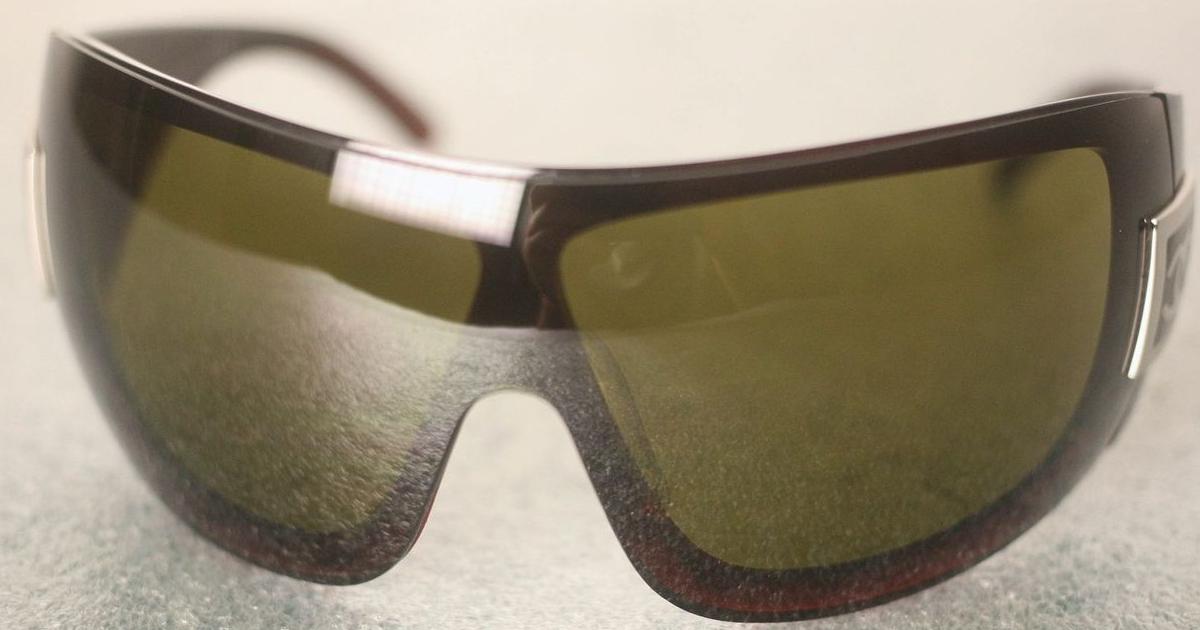Guide To Diagnosing And Treating Leber Congenital Amaurosis
Clinical Trials

Clinical trials are available to individuals affected by Leber congenital amaurosis who are not eligible to have the only FDA-cleared gene therapy treatment. A clinical trial involves the administration of specific interventions such as medical products, behavioral changes, drugs, procedures, and use of devices to treat a disease or condition. The new method can be compared to a placebo, no intervention, or an existing standard treatment method. Investigators who conduct clinical trials measure certain outcomes in the patients to determine the efficacy and safety of their intervention.
Some clinical trials are done in phases defined by the FDA. Clinical trials for patients with Leber congenital amaurosis caused by the p.Cys998X mutation or the c.2991+1655A>G mutation in the CEP290 gene has been cleared by the FDA, and they are available for eligible individuals. Another clinical trial is available for individuals who have LCA caused by the GUCY2D mutation. Individuals who are not eligible to undergo a clinical trial may be able to obtain experimental devices or drugs through FDA-expanded access.
Reduction In Light Exposure

It is recommended for Leber congenital amaurosis patients to reduce light exposure to their eyes to prevent photophobia or light sensitivity. Individuals with LCA often feel discomfort with sources of incandescent light, sunlight, and fluorescent light. These individuals tend to squint or close their eyes when too much light is present. Often, patients also make a habit of rubbing, pressing, and poking their eyes. Bright light often causes Leber congenital amaurosis patients to develop severe migraines frequently. These individuals are instructed to avoid the sun and any other bright sources of light, even if they are indoors.
Specialized sunglasses with extreme ultraviolet protection and strong polarization can help an individual reduce their eye exposure to light. An individual affected by LCA may benefit from eyeglasses containing sensitive photochromic lenses or lenses that are clear in low lighting conditions that become darker automatically in bright lighting conditions. In cases where photophobia is severe, the patient may consider the use of prosthetic contact lenses. These contact lenses decrease the quantity of light allowed to enter into the individual's eye.
